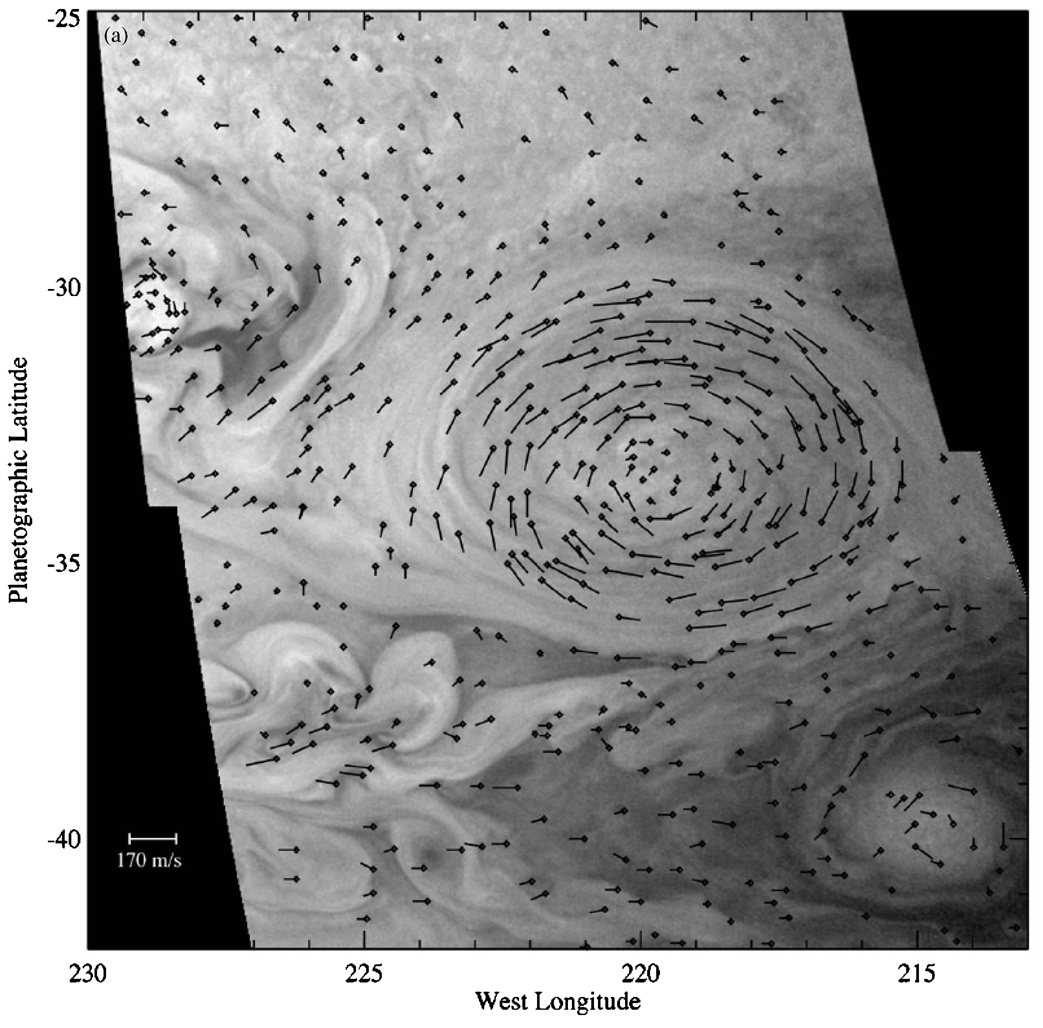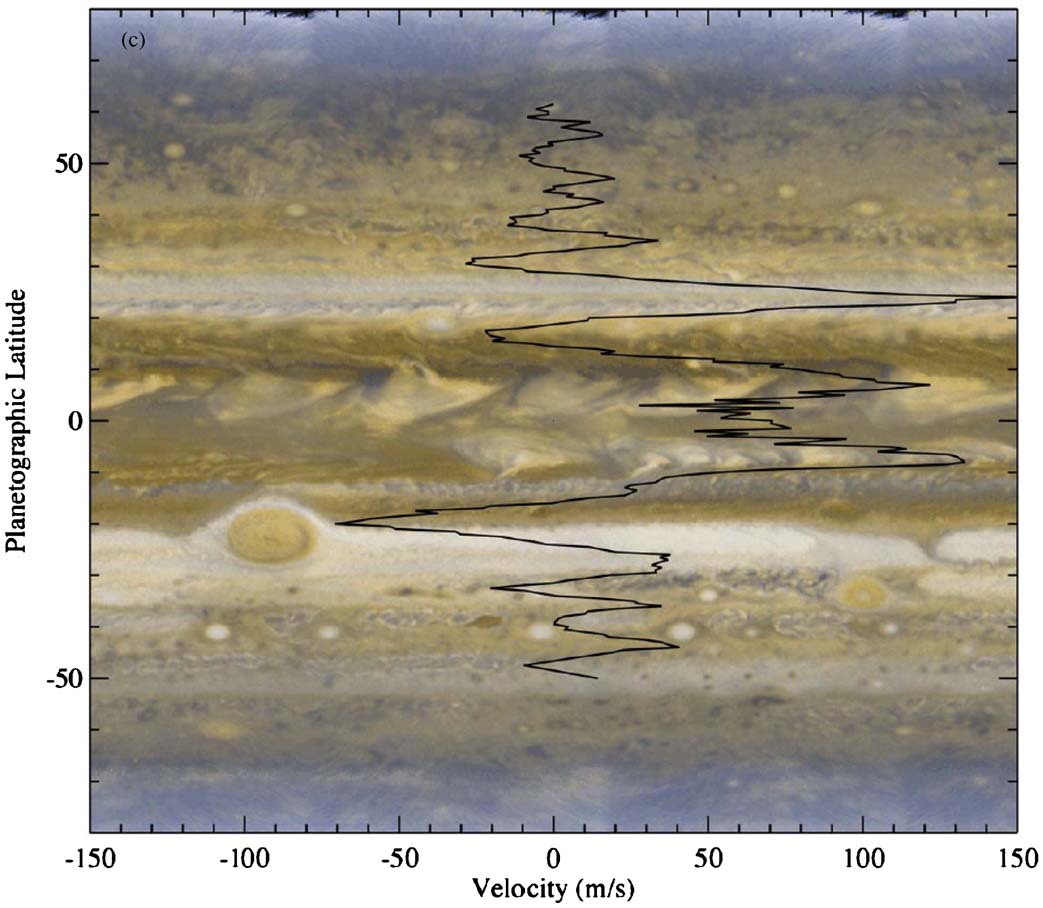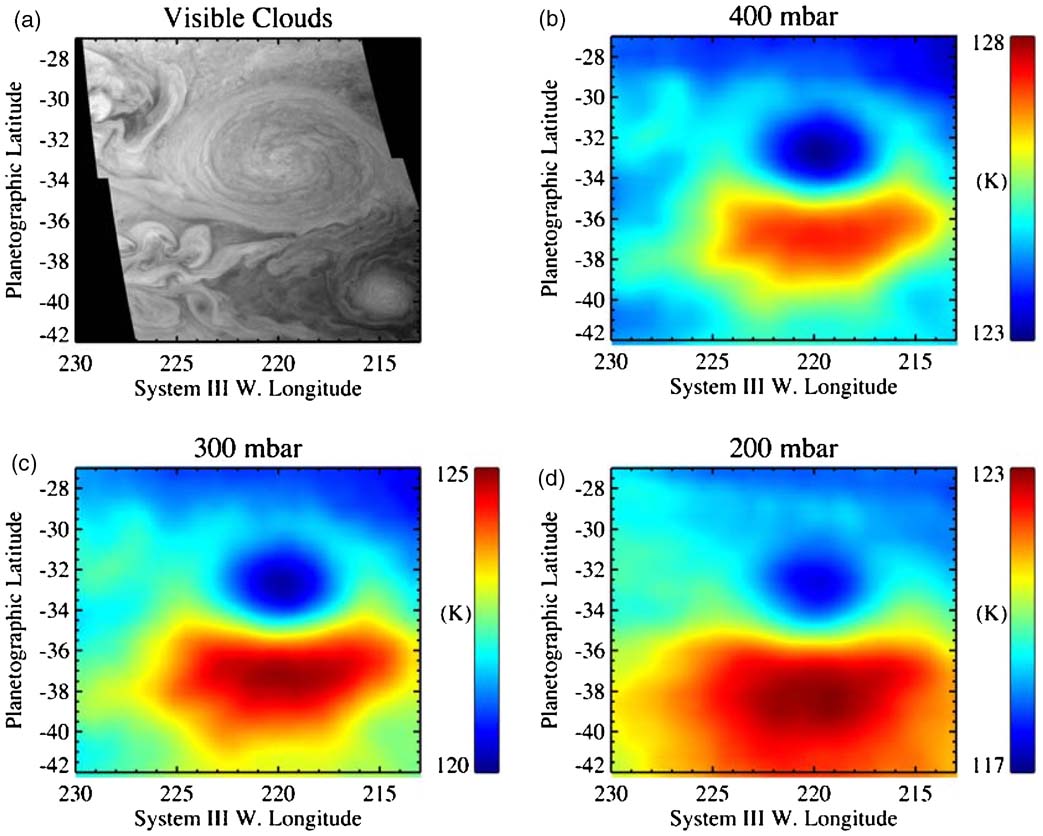Press Release
Storm Winds Blow in Jupiter's Little Red Spot
Using data from NASA's New Horizons spacecraft and two telescopes at Earth, an international team of scientists has found that one of the solar system's largest and newest storms — Jupiter's Little Red Spot — has some of the highest wind speeds ever detected on any planet.
The New Horizons researchers combined observations from their Pluto-bound spacecraft, which flew past Jupiter in February 2007; data from the Hubble Space Telescope orbiting Earth; and the European Southern Observatory's Very Large Telescope, perched on an Atacama Desert mountain in Chile. This is the first time that high resolution, close-up imaging of the Little Red Spot has been combined with powerful Earth—orbital and ground-based imagery made at ultraviolet through mid-infrared wavelengths.
Jupiter's "LRS" is an anticyclone, a storm whose winds circulate in the opposite direction to that of a cyclone — counterclockwise, in this case. It is nearly the size of Earth and as red as the similar, but larger and more well known, Great Red Spot (or GRS). The dramatic evolution of the LRS began with the merger of three smaller white storms that had been observed since the 1930s. Two of these storms coalesced in 1998, and the combined pair merged with a third major Jovian storm in 2000. In late 2005 — for reasons still unknown — the combined storm turned red.




